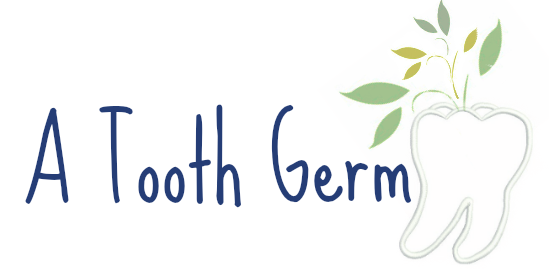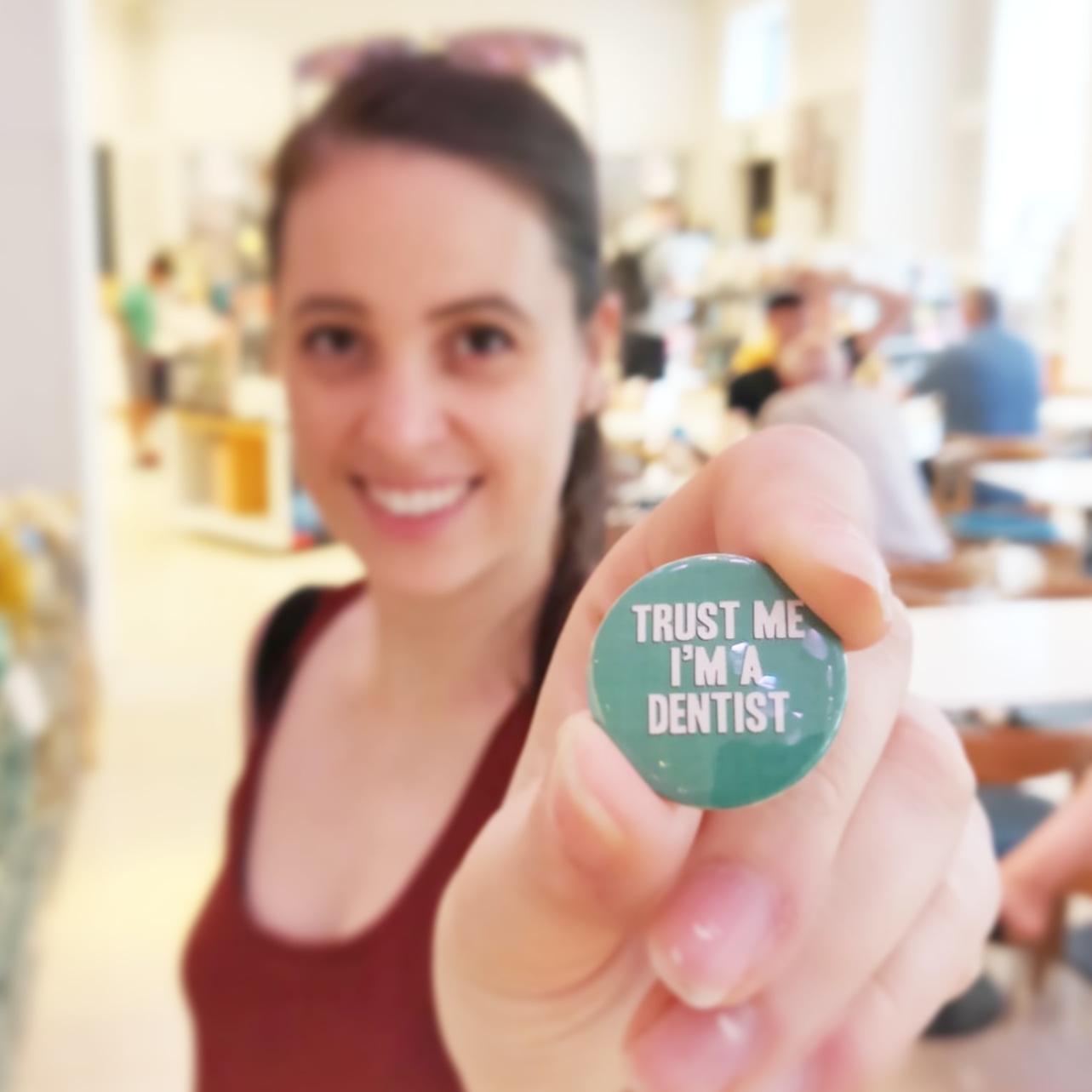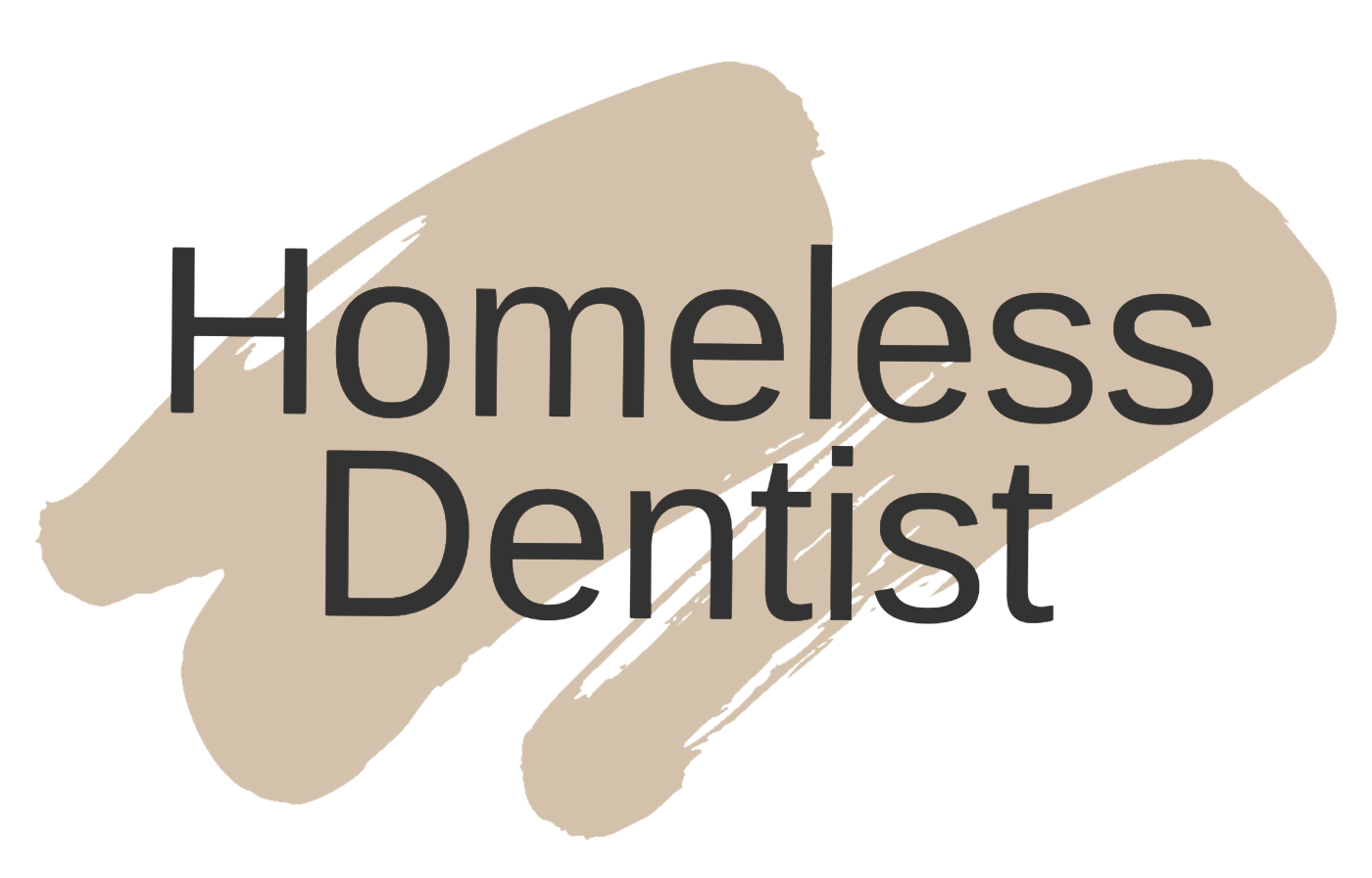A Guide to Extra Coronal Restorations
One of my study days recently was with Dr C Adam Slade, a prosthodontist and implantologist who works at a practice on Harley Street in London.
Extra-coronal restorations are commonly a source of anxiety among young dentists (me included) so this day was very useful as not only did we learn a lot, we had the opportunity to practice cutting crown preparations on plastic teeth.
So I'm just going to summarise the main learning points I got out of the day.
Crowns
Dr Slade's view was that full coverage crowns are on their way out as he uses more and more partial coverage restorations in order to preserve tooth tissue and so the only times he places crowns are times when he replaces old ones.
So how long should a crown last?
When asked this question by a patient I usually respond around 10-15 years.
But did you know that average life span of a gold crown is around 16 years and for a porcelain bonded crown it's around 14 years.
BUT these figures are for private dentistry, so how long do NHS crowns last?
Shockingly this figure is 2 years!
And most of the time this is because the teeth that are crowned are not restorable in the first place.
How do I assess restorability?
So how much tooth tissue is needed for a tooth to be deemed restorable?
There are lots of factors on top of this of course that needs to be taken into account - the tooth's position in the arch, the overall health of other teeth, the root morphology and state of the periapical tissues etc.
But as a rule you need at least 2mm of ferrule.
What is ferrule?
Ferrule is quite a hard idea to explain, but basically its a band of sound material that supports a structure above it. For example the metal band around the end of a pencil or a paintbrush.
In terms of dentistry it is a sound ring of supragingival tooth tissue (usually dentine) of at least 2mm.
Anything less than this means that you rely on the bond of the crown cement instead of the integral support from the tooth to keep the crown secure. Therefore there is a higher risk of debonding and failure.
 |
| The metal bands around these pencils are examples of ferrule. |
So is there much evidence on posts then?
Well, it depends really. Does the tooth have sufficient ferrule?
After 5 years 90% of root treated post crowns are still there but change the tooth to a bridge abutment this reduces to 84% and it's worse for RPD abutments at 79% survival after 5 years.
And if this work is provided privately, wouldn't an implant be a better solution?
After lab and clinical bills for RCT, post and crown the bill is usually pretty similar to a single tooth implant. And the survival of an implant is more predictable than a post crown.
TYPES OF CROWN MATERIAL:
1. Metal - either precious or non-precious. These crowns are the most conservative of tooth tissue but can be an aesthetic concern for some patients.
2. Metal-ceramic - combines the strength of metal with the aesthetics of ceramics. Most commonly porcelain-bonded to precious or non-precious metal. You are able to conserve tooth tissue where metal can be placed. Aesthetics can still be compromising if the tooth isn't prepared enough as an insufficient bulk of porcelain will lead to a dull opaque surface.
3. All ceramic - common types nowadays are Empress and e-Max. Aesthetics are excellent and they can be bonded into place so are ideal for less retentive preps. They require a significant bulk of material however so are very destructive of tooth tissue.
Bridges
TYPES:
1. Conventional - preparing an adjacent tooth for a full coverage restoration and attaching the pontic to the crown
2. Resin-retained - using a metal or white wing to 'stick' the pontic onto the adjacent tooth such as Maryland or Rochette.
Other types such as fixed-moveable and spring cantilever are not used very often anymore.
Clinical tips:
- Consider using tooth-coloured wings anteriorly to prevent opaque metal shine through anteriorly
- Always tell the patient the tooth where the wing is will feel high. The occlusion should adjust much like the Dahl principle
- Occlusion and excursions need to be favourable. Always mark the RCP contact before planning work (this should be carried out for any restoration) and you may need to do a facebow and wax up the work to plan the case effectively
- It might be a good policy to provide the patient with an Essix retainer with their resin-retained bridge so that if it does debond the patient can still wear the appliance.
- Prepared resin retained bridges have better survival rates than ones where there has been no preparation
- When preparing for a resin-retained bridge, you need to aim for 180 degree wrap around of the wing and design the path of insertion with occlusal and cingulum rests.
Inlays, Onlays and Overlays
What's the difference?
Inlays - an indirect restoration which doesn't cover any cusps. These aren't used much as onlays are usually more appropriate.
Onlays - An indirect restoration which covers at least one cusp.
Overlays - An indirect restoration which covers all the cusps.
These types of restorations are becoming more and more popular as they conserve more tooth tissue than a conventional crown design.
It's also been recognised that it is very important to strengthen teeth following RCT as soon as possible to prevent the weakened tooth from fracturing (as long as the tooth remains asymptomatic following RCT and there is resolution of the periapical infection).
Which materials are available?
1. Metal - most commonly gold but tooth-coloured restorations are favoured nowadays
2. Ceramic - porcelain, Empress, e-Max, Zirconia etc.
3. Composite - indirect lab made composites have less shrinkage than direct ones and can be added to and adjusted more easily than ceramics.
Source: C A E Slade presentation available at www.adelogin.com




















1 comments
Thanks for sharing informative information about this blog. Dental Crown Bridges in Islamabad
ReplyDelete